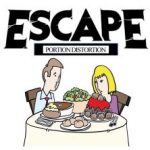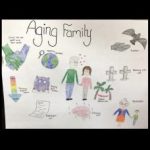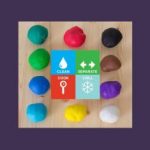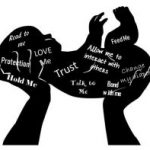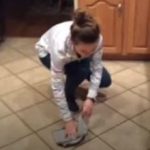
After students learn about the dietary villains, we compare a variety of fast food potato options looking at calories, fat and sodium levels. We compare different fast food options calculating calorie, fat and sodium differences and then apply it to an alternative fast food potato recipe prepared in the lab. Students then choose a fast food menu item, researching to find a healthier homemade version that saves them calories, fat and sodium in this fast food project makeover.





